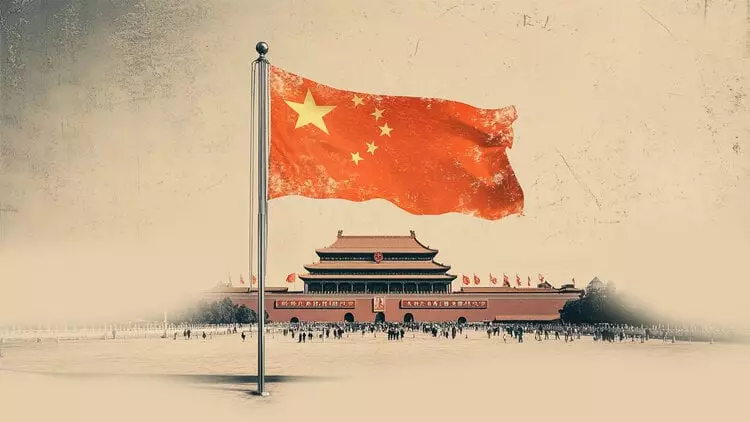In a significant announcement, China’s Vice Commerce Minister, Sheng Qiuping, emphasized the government’s commitment to reforming trade practices that marry domestic and international trade interests. This proactive stance aims to assist companies in accessing broader markets while enhancing support for exporters, demonstrating a willingness to adapt to the rapidly changing global landscape. The strategic establishment of a credit tool for large equipment exports and a sustained push to increase imports reflect a clear agenda focused on revitalizing China’s trade flows and encouraging economic growth. Such moves not only aim to bolster China’s economic standing but also point toward the burgeoning interdependence of global trade systems, where one nation’s reforms can ripple through the economies of its partners.
The Ripple Effect on Australia’s Economy
Australia, with its deeply entrenched trading relations with China, finds itself at a pivotal juncture influenced heavily by these developments. The Australian economy benefits enormously from its status as a resource-rich nation, and therefore, its export compositions are vital to the strength of the Australian Dollar (AUD). The Reserve Bank of Australia (RBA) plays a crucial role in determining the monetary landscape by adjusting interest rates, which directly impacts the financial avenues available for businesses and consumers. Given that the RBA’s primary mission is stabilizing inflation, its maneuvers concerning interest rates reverberate throughout the economy, enabling or constraining consumer spending and investment.
With the importance of interest rates established, one must also consider the external pressures exerted by the demand for Australia’s primary export – iron ore. The volatility of iron ore prices represents a substantial risk and opportunity for the AUD’s valuation. While fluctuations in the prices of this critical commodity can sway the trade balance, they also reveal the interwoven fortunes of Australia and its trading partners, particularly China. The demand for iron ore mirrors the health of the Chinese economy, and thus remains an essential factor for investors watching the AUD.
The Impact of Market Sentiment
Beyond macroeconomic policies and commodity prices, market sentiment is an influential player in the currency game. The dual nature of risk-on and risk-off environments dictates trader behavior. During risk-off periods, investors flock to safe-haven currencies, causing the AUD to lose its luster, particularly when compared to currencies like the US Dollar or the Japanese Yen—safe havens during economic uncertainty. Conversely, during risk-on moments, where investors show a preference for high-risk assets, the AUD tends to thrive as capital flows seek higher yields in resource-driven investments.
Investor psychology can be as ephemeral as it is impactful, influenced by geopolitical developments, trade agreements, and economic forecasts. Each of these elements not only affects currency valuations but can also precipitate shifts in global supply chains that further intertwine national economies, including Australia and China.
Trade Balance: A Critical Economic Indicator
At the heart of this discussion lies the concept of the trade balance, a critical indicator that provides insight into the economic health of any nation. For Australia, a favorable trade balance signifies that the nation is exporting more than it is importing, a situation that usually strengthens the AUD. A positive trade balance creates an environment ripe for currency appreciation, particularly when a country is rich in high-demand exports. Furthermore, the interplay between export quality, global market conditions, and domestic production capabilities culminates in a robust economic narrative that can either bolster or undermine national strength.
Therefore, Australia’s efforts to ensure a favorable trade landscape, bolstered by the continuous demand from its primary trading partner, are crucial. Economic strategies aimed at increasing production efficiency, investment in emerging industries, and enhancing trade agreements can further solidify Australia’s position on the global stage.
The adaptive measures outlined by China’s leadership could signal a new chapter in international trade relations, underscoring the necessity for Australia to remain vigilant and proactive in navigating these evolving dynamics. This approach is not merely about immediate gains; it’s about establishing a resilient economic framework that will sustain the country in the face of growing global uncertainties.

